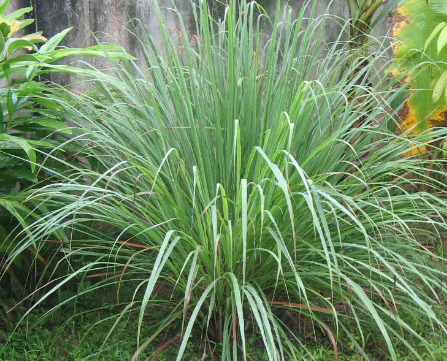Context:
Recently, tribal communities in Odisha have had new opportunities to supplement their income through aromatic crops such as Lemongrass
About Lemongrass:
Botanical Information:
- Lemongrass, scientifically known as Cymbopogon, is a genus of about 55 species of grasses.
- The most common type used for culinary and medicinal purposes is Cymbopogon citratus.
Cultivation:
- Lemongrass is cultivated in various parts of Indian states like Kerala, Karnataka, Maharashtra, Tamil Nadu, and West Bengal are known for lemongrass cultivation.
- Lemongrass is native to tropical regions in Asia, particularly found in countries like India, Sri Lanka, and Thailand.
Climate and Soil Requirements:
- Lemongrass thrives in tropical and subtropical climates. It is concentrated in regions with the appropriate agro-climatic conditions like warm, humid conditions, full sunlight, and plenty of moisture.
- It prefers well-drained, sandy, or loamy soil.
Uses:
- Culinary: Lemongrass is used to add a distinct citrus flavor to various dishes, especially in Southeast Asian cuisine.
Medicinal:
- It is known for its medicinal properties, such as being a natural remedy for digestive issues, insomnia, and stress.
- In India, lemongrass has been used in traditional medicine, including Ayurveda, for its therapeutic properties.
- Renowned for quality, Indian lemongrass oil is widely used in aromatherapy and perfumery.
- It is believed to have anti-inflammatory, antibacterial, and antifungal properties.
Essential Oil: Lemongrass oil is extracted for its aromatic properties and is used in perfumes, soaps, mosquito repellent, and candles.
Exports:
- India leads global lemongrass production, exporting 80% of its yield.
- Major markets for lemongrass essential oil include West Europe, the U.S.A., and Japan.
- Lemongrass cultivation significantly boosts India’s economy and foreign exchange earnings.

